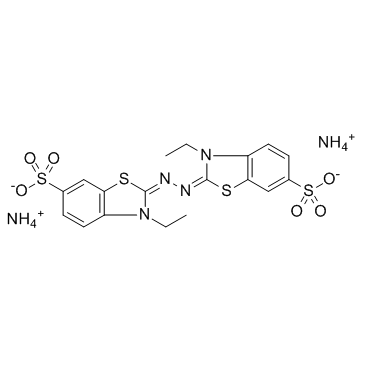| Structure | Name/CAS No. | Articles |
|---|---|---|
 |
DPPH
CAS:1898-66-4 |
|
 |
ABTS
CAS:30931-67-0 |